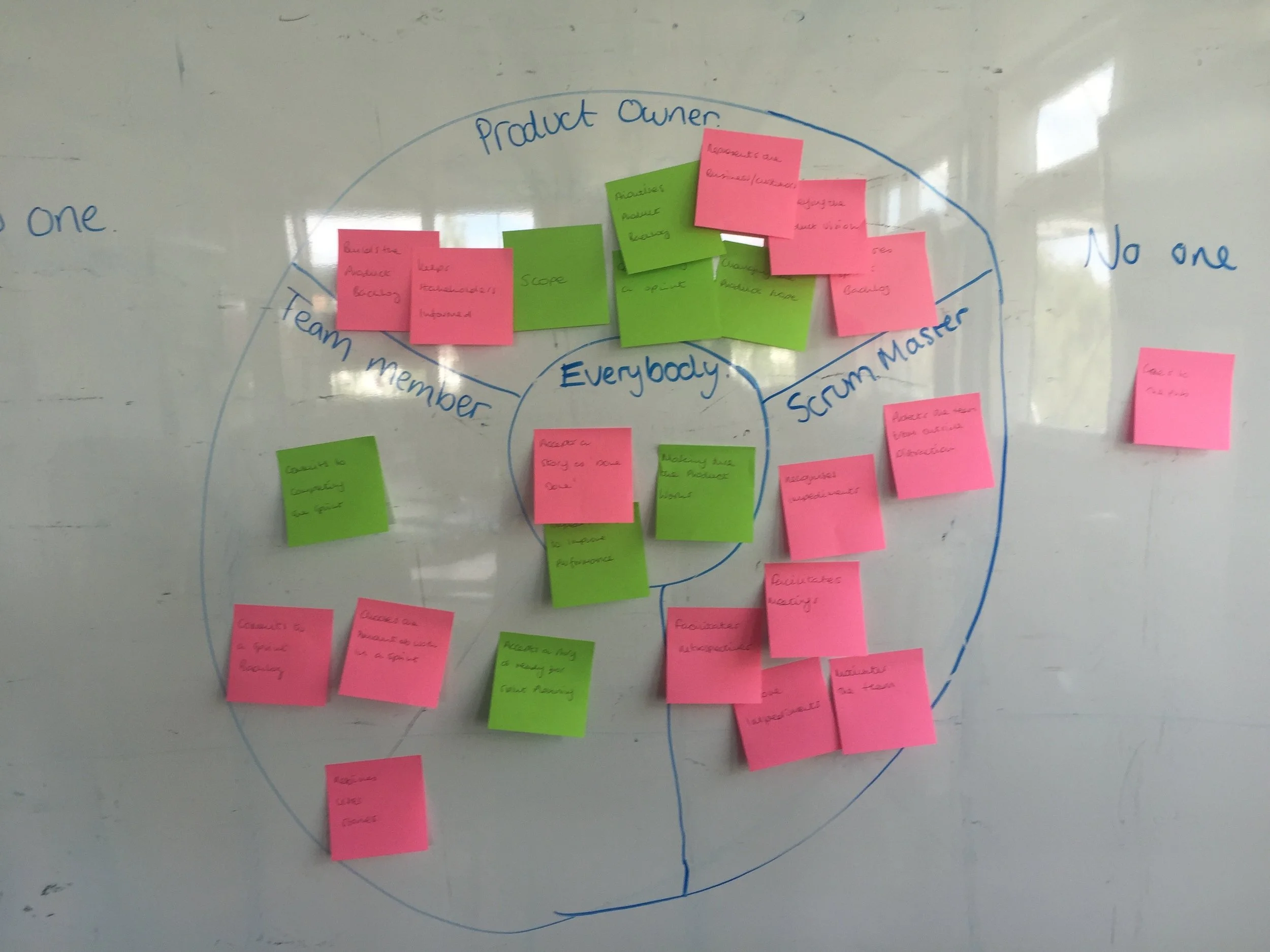Agile training for Autodesk
Autodesk are world-leaders when it comes to software for designing and making literally anything. They’re also pretty familiar with agile, being one of the earliest adopters of agile ways of working, and being the first company to publish how they adopted a dual-track agile delivery approach.
We were recently asked to deliver some agile training to some of their development teams in Sheffield. We worked with their team leads to understand the problems they were having and together we identified the key topics to cover. We settled on some robust agile fundamentals, with a focus on managing work especially ad-hoc requests, as well as making sure that everyone was on the same page regarding the use of scrum. We outlined an agenda for 3 days of agile training which we delivered in November 2023:
An initial retrospective with team members and team leaders to identify weaknesses and strengths. This was run in a structured way that provided an initial example of good agile practices.
An overview and explanation of what it means to be agile, what agile people and agile teams look like and how they function. This included an activity to consolidate the learning.
An overview of scrum, focusing on the roles and how the scrum framework describes how they should function. This was presented from the perspective of the scrum framework, but also from a more pragmatic and real-life perspective.
A further activity on the scrum roles consolidated understanding and explained how to get clarity on roles and responsibilities within an agile team.
A detailed look at backlog refinement – what it is intended to do, an explanation of the component parts and how to do it. This helped understanding of how to deal with all work that the team works on.
A lesson on planning and forecasting provided assurances on what can delivered when and provided a means for the team to transparently understand their true capacity.
Finally, we summarised by looking at agile teams, how they should function and what is needed for them to function.
As with all our training, there was a mix of information provided by slides, a few short videos were shown and there was lots of interaction through activities and group discussions.
There were lots of topics that sparked lots of discussion. There was a great deal of interest in user-centred design as although UCD is done, the development team aren’t as close to it as they could be. There was also interest in the different roles that people take on in agile teams, and the different perceptions of those roles - especially the scrum roles. We ran an activity that we call the scrum doughnut - it maps out the different scrum roles on a diagram and we then map activities and responsibilities onto the onto the roles diagram. Its a really good way to get people talking about what they actually do and don’t do, and what they think other people do.
One slide that always gets people taking is the slide about autonomy and alignment, and the folk at autodesk were no different. For such a simple slide it’s great at making the point about the right level of direction that teams need from leaders in order to operate as an effective and efficient delivery team.
We’re really looking forward to working with Autodesk again in the future.

